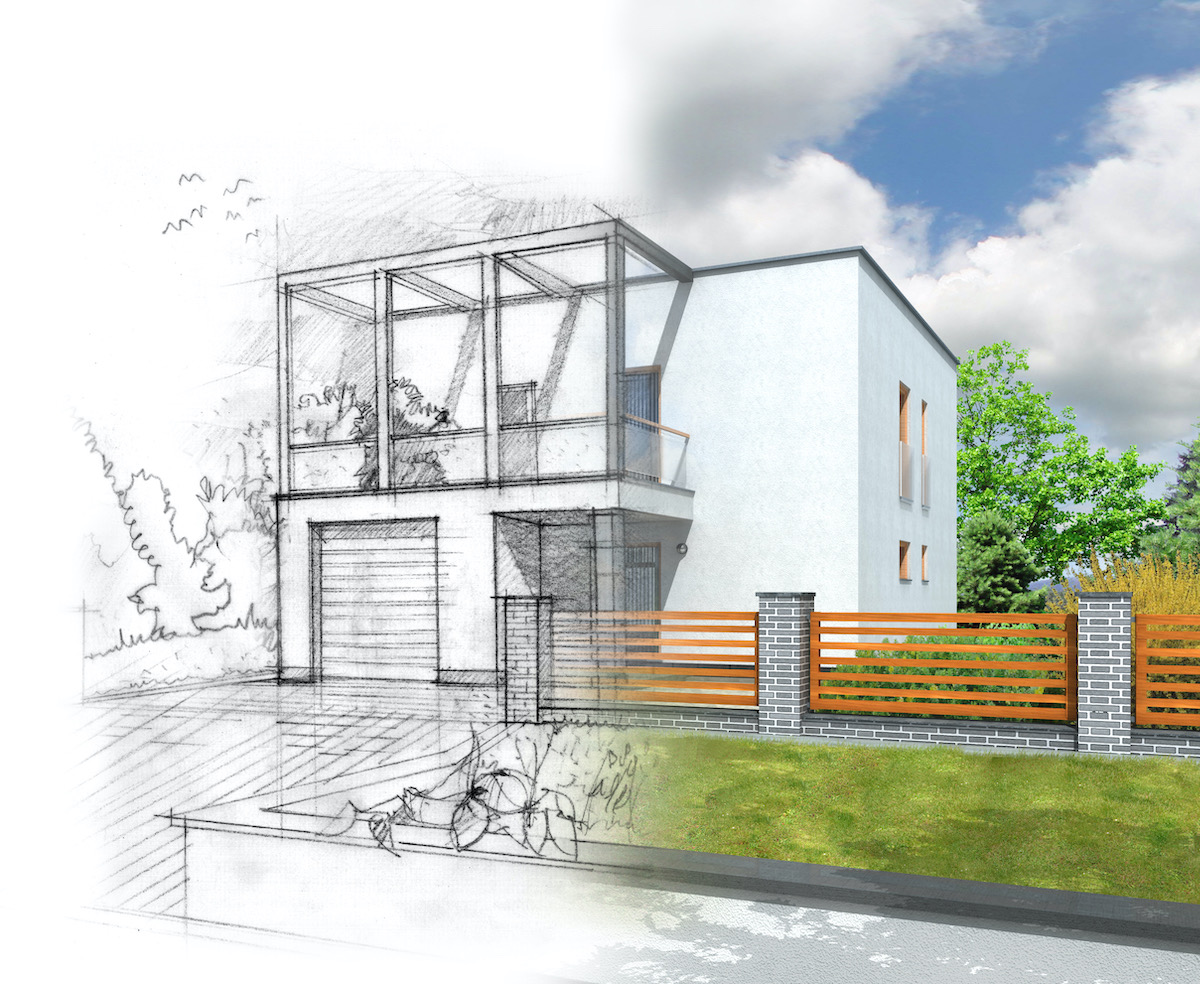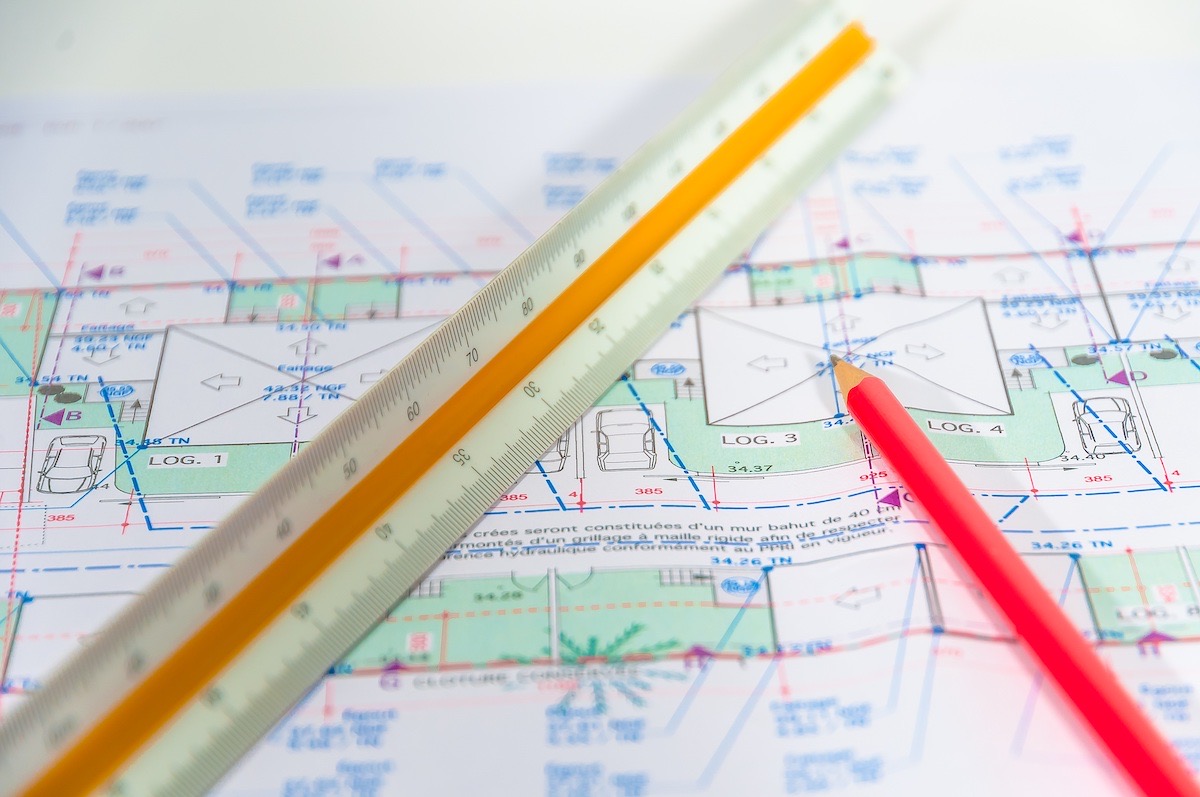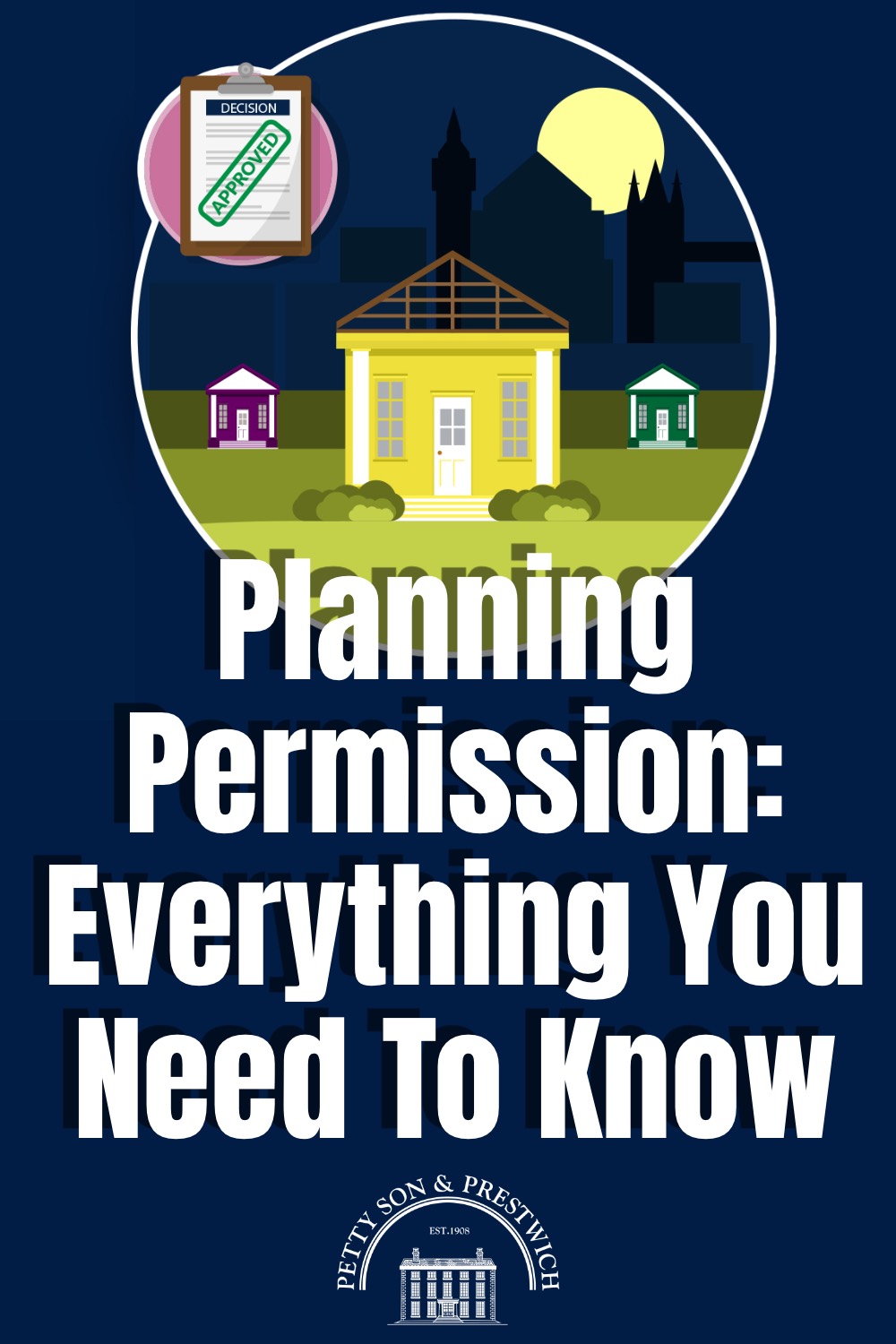Planning permission, sometimes referred to as planning consent, may seem self-explanatory at first glance, but there’s a whole lot more going on when you dig a little deeper.
Today’s post aims to shed light on the entire process. By answering many of the questions planning permission applicants ask, we’re sure you’ll have a better idea of what the process entails by the end of this article.
Let’s get started!
What is planning permission?

In short, planning permission is the authorisation of a given building project’s plans, which can be anything from an entirely new structure proposed to be built upon agricultural land through to a significant alteration to an existing building. The permission will be sought from, and granted by, the relevant local authority.
When do I need planning permission?
The rules over what requires planning permission and what doesn’t have changed considerably over the last few years, adding to the confusion over when you need it and for what. While the goalposts are likely to shift again at some point in the future, the current rules can be broken down into the following general rules of thumb:
- If you are thinking of building a new home, either from scratch or by reimagining an existing property, then planning permission will usually need to be granted before work commences.
- For those considering large extensions or outbuildings, or other significant home improvements, planning permission will usually need to be sought.
- Anyone planning to build, or add to, property on Designated Land or in a Conservation Area, will need to ask their local authority for planning permission.
- Small changes to existing property will often fall under Permitted Development Rights, since the regulation changes of May 2019, and will not, therefore, require planning permission.
NOTE: As with any rule of thumb, there may be other variables at play and each project should be looked at individually. Seek advice before proceeding.
Are there different types of planning permission?

Yes. In fact, there are many different types of planning consent and some projects may require more than one. This is often referred to as a hybrid application.
For a detailed breakdown of each, visit this page on planningportal.co.uk and click through the links relevant to your project.
How to apply for planning permission
There are two ways in which those seeking planning permission can do so: either directly through their Local Planning Authority (LPA) or via the aforementioned Planning Portal.
What should be included in a planning application?
This may vary depending on the type of consent being sought but, generally speaking, your application should include the following:
- Your signed ownership certificate
- Five copies of the relevant application form
- Your project’s plans and drawings
- Provision of local information requirements
- The correct application fee
Some applications for consent may require additional information, such as a Design and Access Statement, for example. Contact your local planning authority to find out exactly what is required.
How long does planning permission take to process?

In theory, you should hear back from your LPA within eight weeks of submitting your application, but in practice it can sometimes take longer. This is especially true if your project is complicated or intricate.
On the flipside, small and straightforward plans can be processed as quickly as a couple of weeks, but a lot will depend on the LPA and their current backlog.
How are planning permission applications decided?
The determination process looks at a number of different aspects, ranging from loss of privacy and parking issues through to disabled access and nature conservation. As one would expect, what is looked at will largely be determined by the plans in question and the size and scope of the project being assessed.
Neighbours, too, will be informed of your plans and will have the chance to object (more on this later).
How much does planning permission cost?
As with so many other things, the cost of your planning application will be dependent on the consent being sought. Prices can also vary across the country as well, so on one side of the Wales / England border you may pay less than if you’re applying on the other.
To give you an idea of fees, however, the current price for a full application to build a single brand new home stands at £462, while an extension application will set you back £206. Both of these figures are for those living in England, though, so you can expect to pay different fees elsewhere in the United Kingdom.
When can I begin building after being granted planning permission?
If you have been granted planning permission, firstly, congratulations! You can now start to bring your project to life.
To answer the question posed in the subheader: immediately...providing you are ready to do so. If you aren’t ready to start straight away, you’ll definitely want to read the next section...
How long does planning permission last?
Again, this can vary, although you’ll usually have three years to begin your project, and the countdown begins from the day your planning permission was granted. Should deadline day be fast approaching and you’re no closer to starting, you can, of course, reapply. An extension can be obtained for £50.
Can I alter my plans after planning permission has been granted?
Yes...and no.
Small, or minor, alterations to the original plans are usually fine. Major changes, however, will often require submission of a further full planning permission application.
What happens if your planning permission application is refused?
Upon receipt of your refusal, you will also get a list of reasons why your LPA has denied your application. You can reapply once these points have been addressed or you can appeal to the Planning Inspectorate.
Across England, only one in four applications are denied, and just under half of those denied gain the consent they need after appealing the decision.
How many objections are needed for a planning permission to be refused?
This is an extremely common question, but it’s actually the content of each objection that matters much more than sheer numbers.
That being said, according to I Object, if a plan attracts 5-10 solid objections may be enough to:
‘...get an application 'called in' to a committee meeting for councillors to decide (although this does differ between local authorities). Otherwise a case officer (with management supervision) may make a decision under 'delegated powers'.’
What happens if you build without planning permission?
Building without planning permission falls into that strange category of not being illegal, but also isn’t lawful. Although this may seem like semantics, and there certainly is an element of that, the upshot is the same: the LPA can take action against you. And that can mean having the whole structure demolished.
You can submit a retrospective planning application, and even appeal if this is refused, but this can prove to be an expensive battle to undertake. There are also legal loopholes, where structures built without consent can move from unlawful to lawful after a period of time without enforcement action. This, however, is far from a sensible approach.
Does the above apply to listed buildings as well?
No, listed buildings are an entirely different kettle of fish and messing around with one can land you in some seriously hot water. Listed buildings are included on the National Heritage List, and that inclusion comes with a duty of care which the owner must adhere to, namely to preserve the special character that led to the building being listed in the first place.
Therefore, altering a listed building is a definite no-no. It is, in fact, a criminal offense to do so and could even, in extreme cases, result in incarceration. Don’t do it.
How to check planning permission
Checking for consent is actually pretty straightforward. A search of the register of planning decisions will unearth all new developments in your local area and all that’s needed is your postcode, which you enter here.
That’s it for another week, hopefully you’re planning permission questions have been answered and you’re now more informed about the process.
Want more posts like this in your inbox every Monday? Subscribe to our weekly newsletter to ensure you’re one of the first to read our articles.
